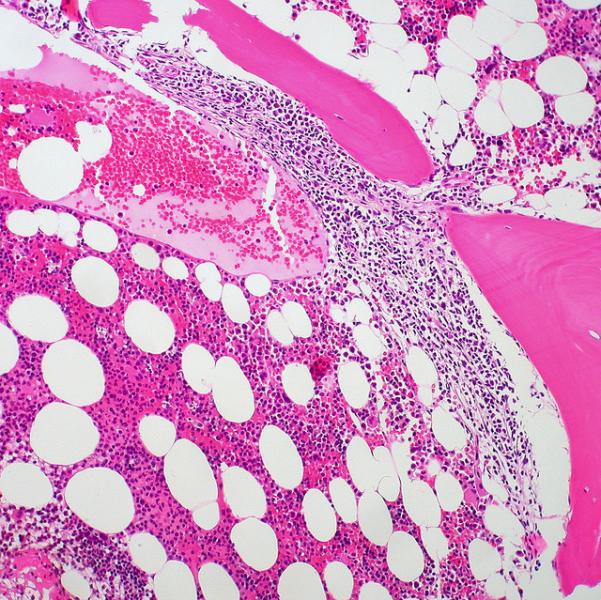Bone Marrow Donation: The Lives We Could, And Should, Be Saving

How could they help? A quick and painless cheek-swab that, when entered into the National Marrow Donor Program’s database could indicate whether or not a person is a viable match for Aden. Without a marrow match and subsequent bone-marrow transplant, Aden could die.
Whether or not Aden is able to survive his cancer largely depends on the work of dozens of non-profit organizations to collect samples of potential marrow donors. Organizations like Be the Match and Delete Blood Cancer are crucial to ensuring the hope for life for blood-cancer patients worldwide. They act by taking samples of potential donors’ DNA, and then adding it to a database for the sole purpose of finding transplant candidates for blood cancer patients.
Since 1986, the National Marrow Donor Program has registered more than 10.5 million potential donors. 10.5 million is a big number, but it still leaves much to be desired for the more than 18,000 people who haven’t been matched with a donor.
Unlike blood, which is relatively simple to mix and match among different people, marrow requires a highly specific genetic match, often leaving minorities at a disadvantage while looking searching for a match.
Each year, more than 3,000 people die while waiting for a bone marrow transplant. Although this number is significantly less than it was 30 years ago, before a national marrow registry had even been conceptualized, it represents an entirely preventable cause of death.
The problem, however, lies in the fact that only about two percent of Americans are part of a national registry, meaning that the genetic pool of potential donors is far more limited than it necessarily needs to be, especially considering the how easy it is for a person to register as a donor.
A tremendous amount of potential remains in the other 98 percent. One can consider the implications if even a fraction of them become donors.
Presently, about 10,000 transplants are conducted each year, based only on a small percentage of the fully available potential donors. Not all of the transplants are successful too. In some cases, the patient’s body rejects the donor marrow, adding to an already complicated health situation
Ultimately, the only way to ensure that patients get the marrow they need is to register as many people as possible into databases for patients to use during the search for a compatible donor.
Luckily, this is a very easy task to accomplish, one made easier by gorwing opportunities available for register.
As I write this, a USC student organization known as the Trojan Knights are preparing their 4th Annual Bone Marrow Drive, which will allow USC students, staff and faculty, as well as members of the surrounding community, to have their cheek swabbed in hopes of saving a life.
Last year, USC student Chris Hochgesang’s marrow was matched with a 12-year-old girl who had blood cancer. Hochgesang donated his marrow and ultimately saved the girl’s life, showing how simple it is for anyone to contribute.
Konrad Mueller, a Trojan Knight organizing the event says matches are actually fairly common.
“Last year we matched five people, including Chris,” Mueller said. “Generally we have about four or five matches each year through this drive alone. And it continues, because you’ll remain in the database as a potential candidate.”
The drive will take place today, April 22, at the Tommy Trojan statue in the center of campus between 9 a.m. and 5 p.m. If you can't make this one, be on the look out for registry drives in your community. Your choice may become the difference between life and death.
Reach Contributor Matthew Tinoco here.



